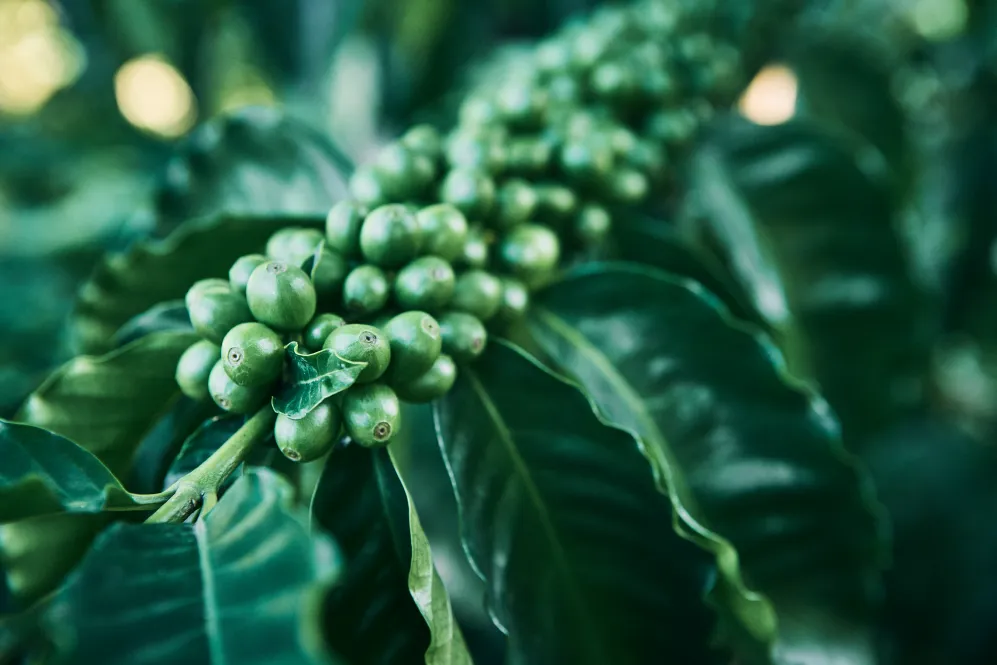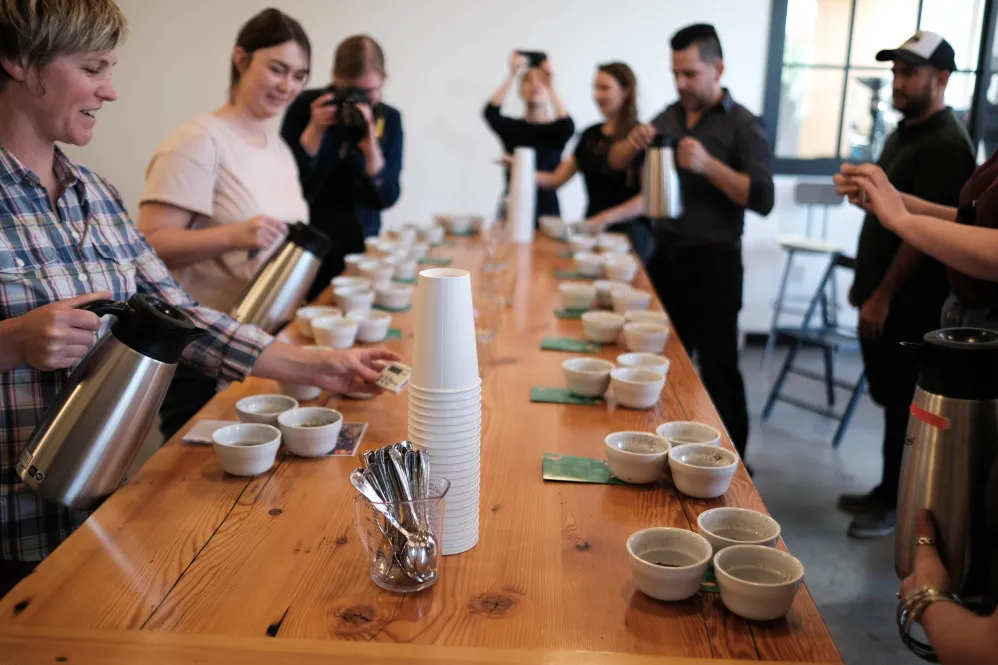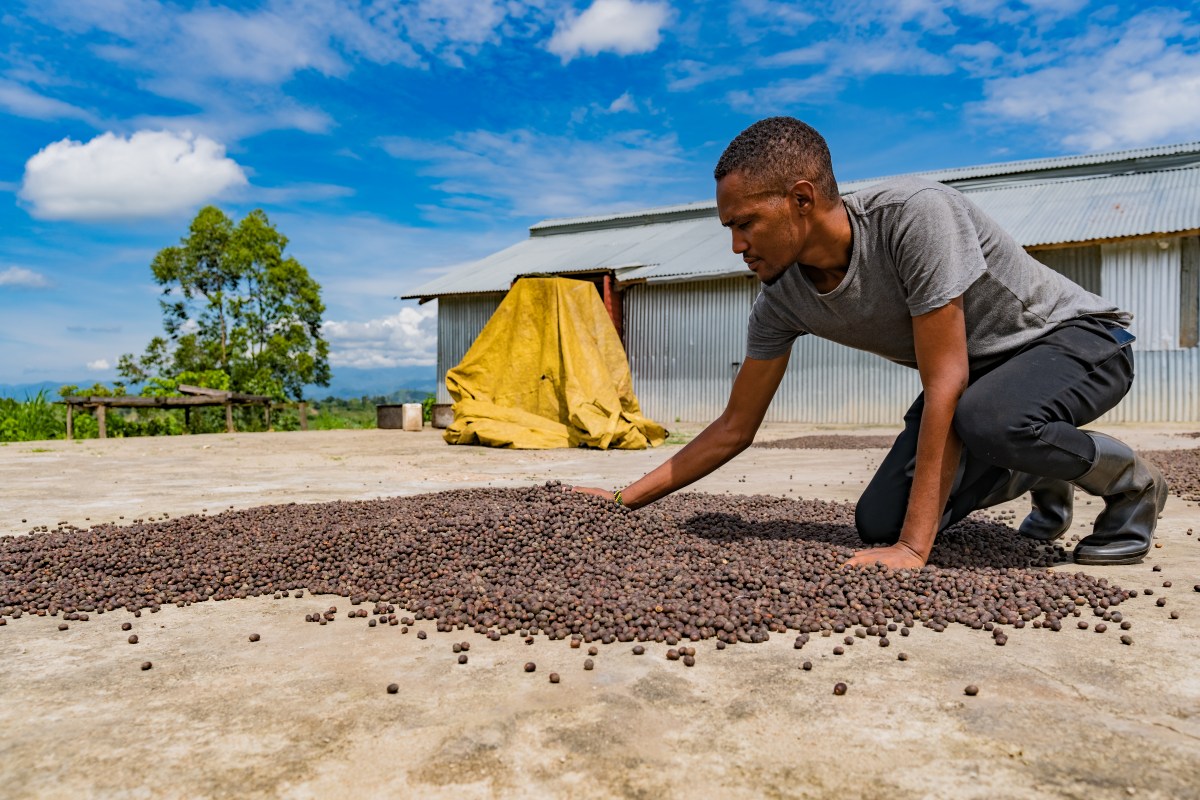Coffee is big business in Australia, and consumer demand continues to increase. But in recent years, the coffee industry has been significantly impacted by climate change.
Coffee is one of the most under-researched and under-innovated crops in the world despite its prevalence. World Coffee Research (WCR) was formed in 2011 to address such issues. Since then, the not-for-profit organisation has made strides to ensure the future of the industry as well as improve the livelihoods of the people who work within it.
The 2021 WCR Annual Report reveals the progress made in accelerating agricultural production, breeding programs and trials, diversifying coffee species and most importantly, creating climate-resilient crops.
Hospitality speaks to Director of Strategy and Communications Hanna Neuschwander about the recent findings and what it means for the sector moving forward.
World Coffee Research focuses on three key areas within coffee agriculture — breeding, trials and nurseries. All three work together to increase coffee production, and so far, it has helped the sector move in the right direction.
WCR’s 2021 research was published by the organisation in partnership with Illycaffè and Lavazza and allows producers “to identify key genes and genetic markers associated with important plant characteristics that matter for farmers”, says Hanna Neuschwander. “Having that information helps speed up the breeding process and makes it cheaper.”

The Arabica coffee genome didn’t exist 10 years ago, but has become the coffee of choice for many, comprising 60 per cent of global production. It’s one of 130 species and is highly sought after, making the open-access genome a huge milestone for the coffee community.
“It is critical for enabling breeders to accelerate crop improvement for coffee, which is urgently needed,” says Neuschwander. “Farmers need access to better varieties to meet the challenges of the 21st century. The more tools breeders have at their disposal, the more likely they are to help address those needs through breeding.”
The Coffee-Breeding Program Assessment Tool was implemented in 2020 by WCR in collaboration with the University of Queensland.
The program aims to identify gaps in the technical management of coffee breeding
and amend them by providing basic low-cost tools for breeders. “Breeding is a numbers game — the more crosses you make, the more likely you are to find one
that offers genuine improvement,” says Neuschwander.
“But crossing two plants together, growing them and observing them over 10 years is costly. With genetics technology, you can predict the likelihood that a cross will succeed without waiting so long, so you are more likely to find a combination that is truly successful without genetic modification.”
Testing different varieties is crucial when developing crops that are able to withstand the environmental changes brought on by climate change. In 2015, WCR launched its inaugural International Multi-location Variety Trial.
“The same 31 varieties were planted in 24 locations in 17 countries,” explains Neuschwander. “The varieties are being exposed to huge variation in climate and weather, which is vital for understanding the potential of today’s varieties to withstand climate change.”
The trial is still ongoing, and has shown promising results so far. “There are some high-performing varieties that have stability across many different environments (they don’t only perform well in one place),” says Neuschwander. “There are also many others that perform really well in one place, but not so well in others. They might be excellent for today’s conditions, but as the weather changes, farmers will need to adopt new varieties to remain successful.”

Positive results are one thing, but experts also need to measure progress on a consumer level, which is where Q Graders or cuppers come in. “We took a subset of 10 varieties from trial sites in six countries and sent them to highly qualified cuppers from 20 coffee companies in nine countries,” says Neuschwander.
Cupping scores go up to 100 points, with anything below 80 not considered to be a
specialty coffee. The initiative was judged by international buyers and researchers
who managed the trials. “It confirms another trend we see in our cupping research — cuppers are not consistent with one another,” says Neuschwander.
“In general, local, country-based cuppers tend to score more generously than international cuppers.”
The results demonstrate the importance of connecting researchers to those in the industry. “Coffee breeders are out there creating new varieties for farmers that roasters will eventually receive to build their coffee menus and products,” says Neuschwander. “When they receive feedback from farmers and buyers, coffee
variety innovation really creates value.”
WCR has endeavoured to increase the number of nurseries globally to increase the production of seed varieties. The figures in the new findings show 139 seed lots are producing 15 varieties in countries such as Guatemala, El Salvador, Nicaragua, Honduras and Peru.
It’s a positive outcome for the research and development that has occurred across the board, but there’s a long way to go to ensure the industry’s future. “Coffee is arriving very late to these approaches, which have been used for other crops for years,” says Neuschwander. “We have to catch up fast if we want to have a chance against climate change.”

